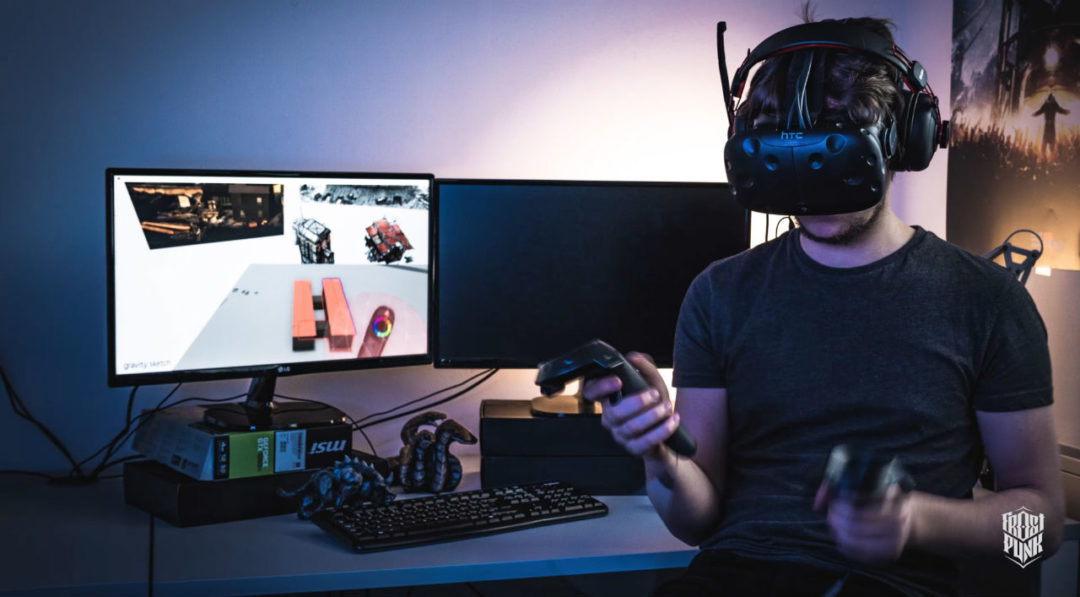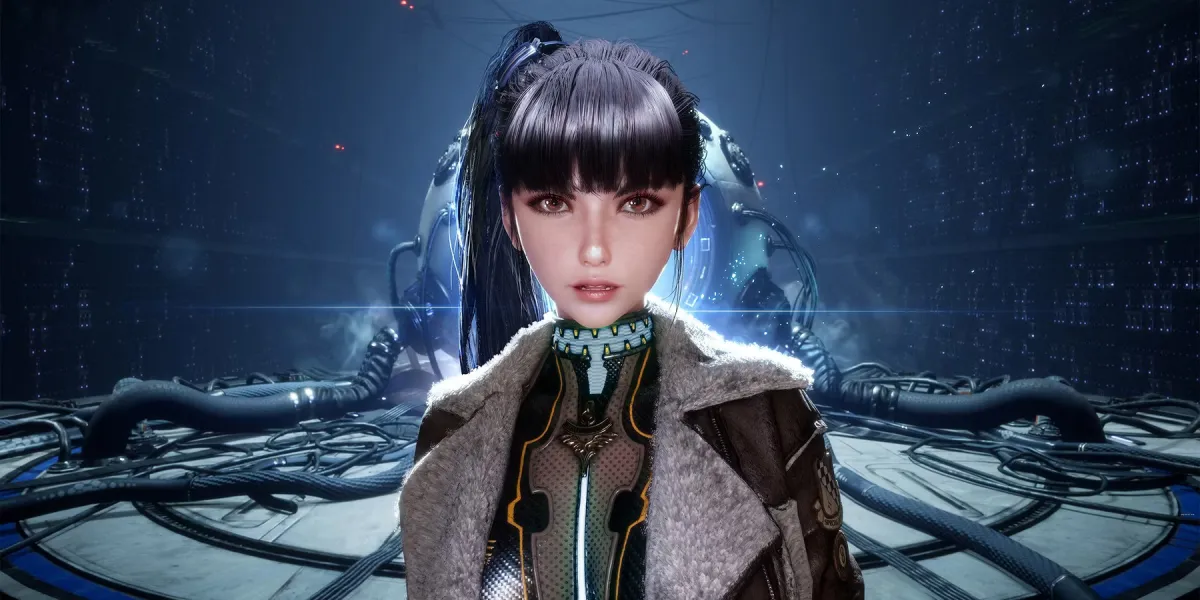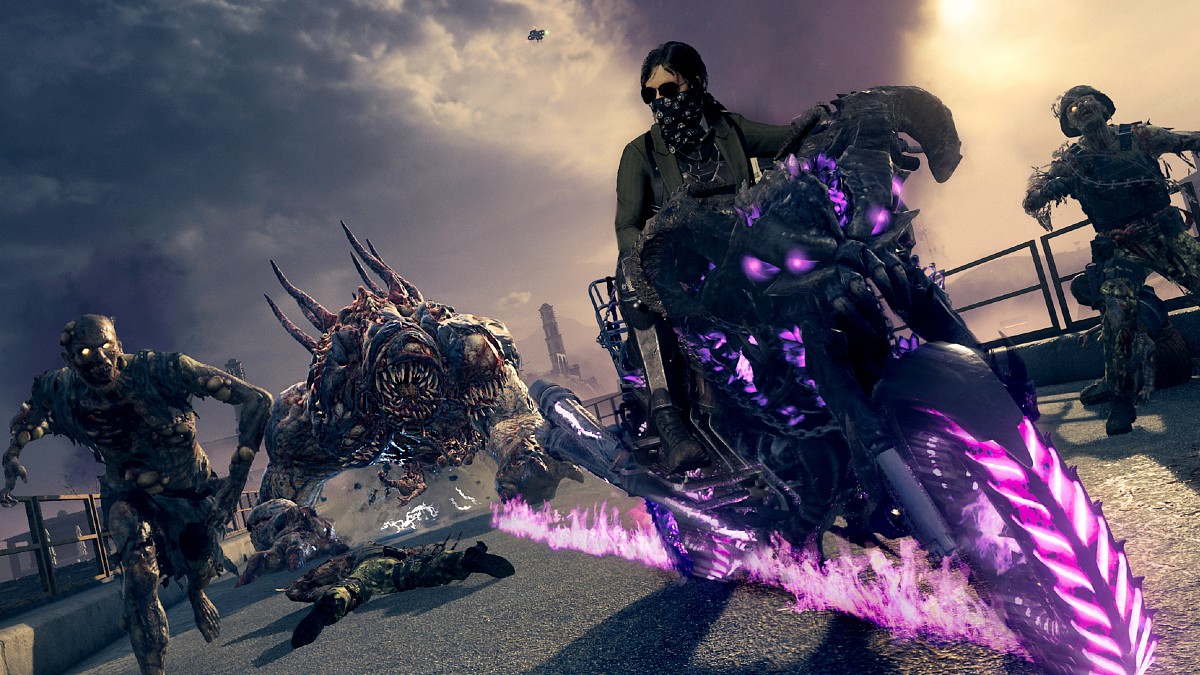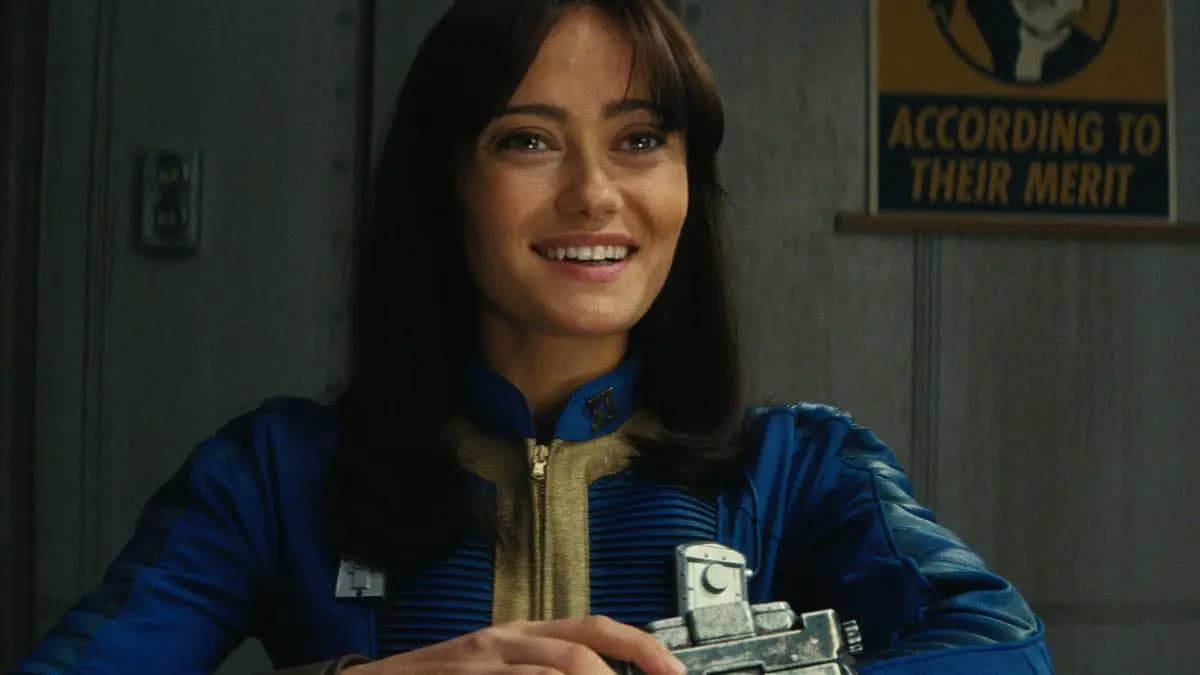Amidst the massive hype surrounding VR this decade, people tend to forget that VR can be used to not only play games but also to create them. Even if the game itself is not a VR experience, VR is a powerful creative tool. This is how I used VR to create cover art and other things for Frostpunk, a society survival and city builder created here at 11 Bit Studios. I freaking love VR. Thanks to it, I started bringing ideas to life in 3D first instead of traditional 2D. I feel like I’m back to building with Lego blocks, but now I have an unlimited source of blocks.
Let’s dive into it.
The Gravity Sketch VR software is what makes all this possible. First of all, it’s super easy to use. By navigating in 3D space instead of using a mouse and a gizmo, you eliminate 95% of painful clicks and shortcuts while illustrating. There is almost no UI. You start within an empty space holding two controllers, each one with only a few inputs. Thanks to its simplicity compared to normal 3D software, I can focus much better on the design itself rather than constantly struggling and yelling, “How do I model this f***** shape?!”
The Main Advantages
So is there really any difference between VR concepting over traditional/paper or digital/Photoshop? Yes, there is.
After a time your hand and brain start to create the same strokes in traditional formats, and this results in similar designs. Freedom in VR forces me to go full experimental. I can create 3D concept models in Gravity Sketch much quicker than I can create decent or interesting 2D pencil sketches. It sounds ridiculous, but it’s true. I can’t draw perfect circles and lines, but that’s where 3D is at its best and most creative; imperfection makes for an interesting result. Since the ultimate end goal is to see your concept as 3D models, it’s easier to simply design them in a 3D space from the outset. You also don’t have to draw the same building from 572 different angles.
The Process
Any design work, whether it’s done in VR or not, begins with gathering reference images and reading about the subject as much as possible. VR is really exciting during the sketching phase. I find this software especially useful when it comes to designing buildings.
To start, I create some super simple 3D assets and building components in open-source 3D graphics software Blender. After importing the assets as well as the image references into Gravity Sketch, I design the major shapes of buildings. When sketching, I use features like “mirrored/radial stroke tool” and “curved surface tool,” to create shapes I would never even plan on making while sketching on a piece of paper. A lot of crazy form and shape accidents happen during the VR sessions, mainly because of the insane freedom of movement available. If you learn how to control those accidents, that’s when the real design takes place. It feels like the first time in human history such a boundless design tool is available. I know I may sound like a crazy person, but once you try it out for yourself you get it.
After I make the initial shapes, I can set the opacity of the layer with initial sketches to 30% and create a more refined design on top of it. Mostly I do this by adding details as I rotate and rescale imported assets, all while designing brand new elements in Gravity Sketch. Once I’ve made the more elaborate design, I export it back to Blender. This is where I make custom shaders and textures, rearrange and repair the geometry of the models, and set up the scene for rendering. Finally, I composit the render passes in Photoshop and finish the concept artworks with overpainting and photobashing, though sometimes pure renders are enough. Then we’re done!
VR is the future
Having tested and experimented with these new techniques, I am convinced that VR/AR is the future of design. The most exciting thing is that this is still just the beginning! Gravity Sketch is a great design tool which opened a whole new area to explore in many fields including product design, game dev, VFX and architecture visualization.





